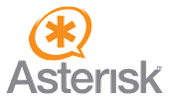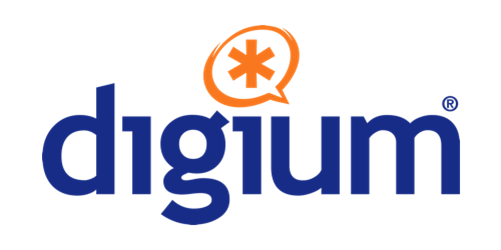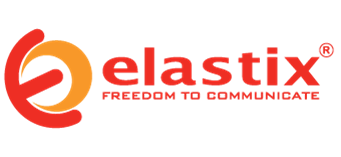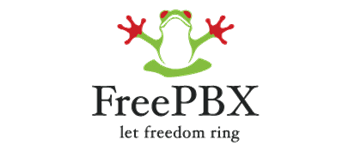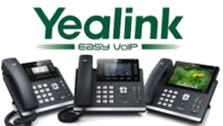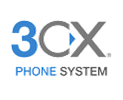Call Flow Control lets you manually redirect calls using a star code. Think of it like a "fork in the road", where you can direct calls to either of 2 destinations.
Example: Dial a star code to send callers to a different menu or forward calls to a cell phone. Dial the code again to return calls to "normal" destination.
If you have phones with BLF feature (special type of programmable buttons), you can setup a button that turns red when call flow is activated, and green when returned to normal.
To setup Call Flow Control, follow these steps.
- Log into your voiSip phone system.
- Go to Applications > Call Flow Control and click the "+ Add" button to begin.
- Enter the following Settings (leave unmentioned settings at defaults for now).
Call Flow Toggle Feature Code Index : Each Call Flow needs a unique index number assigned to it. This will result in a unique feature code, such as *281, *282, *283 and so on.
Description: This is a helpful label so you know what this Call Flow Control does, such as "out to lunch".
Current Mode: This shows which of 2 available modes this control is currently in. You can also change the mode here, as well as by dialing the star code.
Normal Flow: Set a destination that your calls should normally go to, such as an IVR Menu, Queue, Ring Group or Extension.
Override Flow: Set a different destination, where your calls will go when you activate the Call Flow Control. So maybe during lunch mode, you might send callers to Voicemail, or to a Virtual Extension that rings a cell phone. - Click the Submit button, then Apply Changes, when done.
- Now that you have a Call Flow Control, you need to insert it somewhere in your system, so that callers reach the call flow.
Example: You can set your Inbound Route to go to a Call Flow Control, instead of directly to an IVR Menu, Queue, Ring Group or Extension. Or you can use Call Flow Control in an IVR Menu, such as when a caller dials "1", they go through a Call Flow Control before proceeding to either of the destinations in the Call Flow Control.
To change the flow of calls as they come in, go to Connectivity > Inbound Routes, and change a route destination to "Call Flow Control".
To change the flow of calls after they choose a menu option, go to Applications > IVR, and set a menu choice so it goes to your Call Flow Control.
Be sure to Apply Changes in your phone system when done. - If your phone has programmable buttons that support the BLF function, you can setup a Call Flow Control button, to easily change the mode back and forth.
Log into your phone, and look for the DSS Key tab (or similar, depending on brand and model of phone).
Select a button you want to use, and set the button Type to "BLF".
Set the button Value to the code for your Call Flow Control (such as *281).
Set the button Line to "Line 1" for most situations, unless you have multiple accounts on this phone.
Set the button Extension to "the code for your Call Flow Control (such as *281).
Click the Confirm button to save changes.
You should now have a shortcut button for your Call Flow.
If it doesn't work, make sure phone has latest firmware, then reboot phone one time. - To use the Call Flow Control, simply dial the feature code (*281, etc) or press the shortcut button on your phone.
This will toggle calls between the two destinations you assigned in step 3 above.
Alternative: If you prefer to automate your Call Flow, you can use the similar Time Groups and Time Conditions features. This lets you toggle between two destinations based on Time and Date rules, instead of dialing a feature code.
We hope you will enjoy using the Call Flow Control feature.
